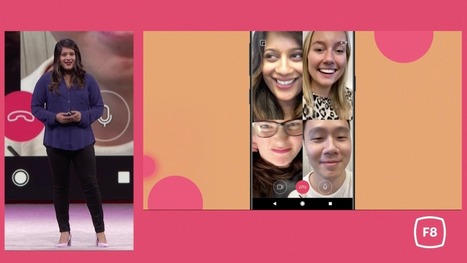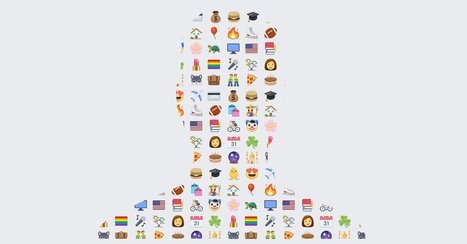So how can AI help?
Communication: Students and teachers will be able to communicate instantly with one another as well as to connect with other forms of AI around the world. Students instantly paired with peers, helping each student to expand their own personal learning networks, with personalized and more authentic connections that will meet the students’ interests and needs at any given moment. Think of the benefits for being able to converse with AI or a virtual peer, which has been located based on an assessment of student needs and error analyses. Build foreign language skills, talk to someone about school, family, life in a country being studied, possibilities are endless for language learning.
Differentiation: With the availability of AI, students and teachers will be able to connect with resources they need exactly when they need them. The entire internet of resources accessible within seconds, deliverable to each student saving valuable time for more interaction between teacher and student, and students and students. Through AI, students can have access to one to one tutors, creating more authentic learning experiences by pairing students with an expert or a virtual peer to learn with. Think of the benefits if each student could have instant access to a tutor wherever and whenever they needed one.
Personalization: What better way to offer more personalized learning opportunities for students than to have AI be able to analyze student responses, determine areas of need and interest, and find resources or create new questions to help students to greater understanding of the content. What about the potential for informing the classroom teacher, and working together to create new learning opportunities for students, but in a faster way, that relates directly to the student needs and offers authentic and timely feedback.
Exploration: With the rise of augmented and virtual reality, and the benefits of bringing these into the classroom for students to have a more immersive learning experience and to see places and explore things that otherwise they would not, AI can be a tremendous benefit for this. Through AI, resources could be found instantly based on student responses, or for the entire classroom to experience. Capabilities such as these are not something that will be limited by the time and place of the classroom setting. AI could show students want they want to explore, find ways to bring the content to life instantly.
Assessments: AI could help teachers to assess students and streamline the grading process, with the added benefit of being able to quickly take the data, provide an analysis for teachers, so that time can be saved for more classroom interactions. It can help with student achievement, making sure that each student has the opportunity to learn and grow, benefitting from the faster responses through AI.
Learn more / En savoir plus / Mehr erfahren:
https://www.scoop.it/t/21st-century-learning-and-teaching/?&tag=AI
https://www.scoop.it/t/21st-century-innovative-technologies-and-developments/?&tag=AI
Via
Gust MEES



 Your new post is loading...
Your new post is loading...











![Upcoming changes to Facebook within Scoop.it! [Effective Aug 1] – Scoop.it FAQ and Support | #Curation #SocialMedia #sharing | Distance Learning, mLearning, Digital Education, Technology | Scoop.it](https://img.scoop.it/ooHFC2LQtY514xyxc_9fpDl72eJkfbmt4t8yenImKBVvK0kTmF0xjctABnaLJIm9)











Google+ is shutting down at last. Google announced today it’s sunsetting its consumer-facing social network due to lack of user and developer adoption, low usage and engagement. Oh, and a data leak. It even revealed how poorly the network is performing, noting that 90 percent of Google+ user sessions are less than five seconds long. Yikes.
But things weren’t always like this. Google+ was once heralded as a serious attempt to topple Facebook’s stranglehold on social networking, and was even met with excitement in its first days.
Learn more / En savoir plus / Mehr erfahren:
https://www.scoop.it/t/21st-century-innovative-technologies-and-developments/?&tag=Google+GraveYard